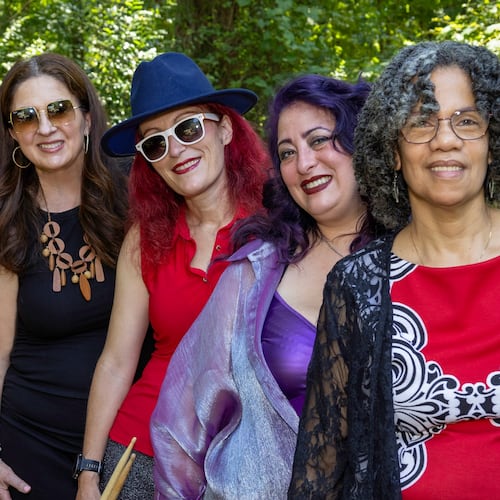In 1984 Shreveport, Louisiana, Glenn Ford, a Black man of meager means, is convicted of robbing a jewelry store and murdering its white owner based on the flimsiest evidence. He’s sentenced to death by an all-white jury. For 30 years he maintains his innocence and fights to overturn the sentence. Finally, in 2014, prosecutors admit they never had a case against him. At age 64, Ford is released from prison and given $20 for his trouble. A year later, he dies from lung cancer.
It’s a story that’s become all too familiar, and it appropriately provides the opening for a new book by death penalty lawyer Stephen B. Bright and legal scholar James Kwak, “The Fear of Too Much Justice: Race, Poverty, and the Persistence of Inequality in the Criminal Courts” (The New Press, 29.99).
Every time I hear stories like Glenn Ford’s, I feel sick in the pit of my stomach. It goes against everything privileged folks like me have been taught to believe about our justice system. But that, of course, is the point. For many people of color, as well as the poor and the mentally disabled, that idealized version of a fair and equitable justice system has been just a fantasy.
Sadly, “The Fear of Too Much Justice” is filled with more of those kinds of stories — but for good reason. They illustrate the disparities in a system that convicts people based on the color of their skin or because they can’t afford adequate legal representation; a system that incarcerates the mentally ill instead of hospitalizing them; a system that imposes fines on people who don’t have the means to pay them and winds up criminalizing them.
There is some good news, though. According to Bright and Kwak, change is afoot. The number of death penalties handed down by the courts have shrunk dramatically in recent years; some jurisdictions are doing away with cash bail; public defender offices have been established to provide skilled representation to those who can’t afford it. But there’s still much work to be done.
To learn more, Bright and Kwak will discuss “The Fear of Justice” with Bill Rankin, legal affairs reporter for The Atlanta Journal-Constitution, at 7 p.m. Thursday, July 27, at the Carter Library. Presented by A Cappella Books, the event is free and open to the public. For details go to acappellabooks.com.
Credit: Amistad
Credit: Amistad
The time is now. In the past five years or so, a newly enlightened publishing industry has been turning out books by Black authors like never before. It’s a long overdue correction in an industry that has been historically inaccessible to people of color.
As a result, not only have Black writers who’ve long struggled to get their voices heard benefited, but so have readers who’ve had the pleasure of reading so many talented first-time Black authors like Anissa Gray, Tracey Rose Peyton and Brendan Slocumb.
Now there’s a book out to help Black writers hone their craft, and it features the wisdom of many celebrated authors who have paved the way.
“How We Do It: Black Writers on Craft, Practice and Skill” (Amistad, $18.99) is an anthology of 32 essays edited by Pulitzer Prize-winning poet Jericho Brown, a professor of the creative writing program at Emory University.
As Brown explains in his introduction, “this is a book for anyone who is a student of the craft. More particularly, though, this is a book for younger and newer Black writers.”
Unlike most books on the craft of writing, “How We Do It” is not organized by topics like voice, setting, character, etc. Instead, sections include “Who Your People,” about characterization and vernacular; “What You Got,” about memory and experience; and “What It Look Like,” on form.
The essays are both newly commissioned and previously published, and they range from instructional to philosophical. Crystal Wilkinson’s essay on creating characters includes questionnaires to help guide the writer’s process.
Former national poet laureate Natasha Trethewey weaves memoir and poetry into her essay on the power of metaphor. It references both Stone Mountain — “a lasting metaphor for the white mind of the South” — and a photograph of herself as a child sitting on a mule, staged by her father.
“It was his idea to place me on the back of the mule — a linguistic joke inside of a visual metaphor: the sight-gag of a mixed-race child riding her namesake, animal origin of the word mulatto.”
Other contributors include Jacqueline Woodson, Rita Dove, Tayari Jones, Tiphanie Yanique, Jamaica Kincaid and Nikki Giovanni.
Any writer, regardless of race, would benefit from reading this book: The craft of writing is the same no matter the color of one’s skin. But “How We Do It” brings a cultural and historical sensibility to the topic that speaks to the Black writer.
Suzanne Van Atten is a book critic and contributing editor to The Atlanta Journal-Constitution. You can contact her at svanatten@ajc.com.
About the Author
Keep Reading
The Latest
Featured



